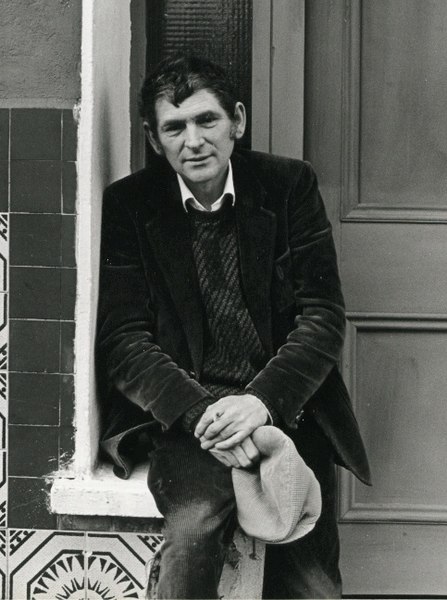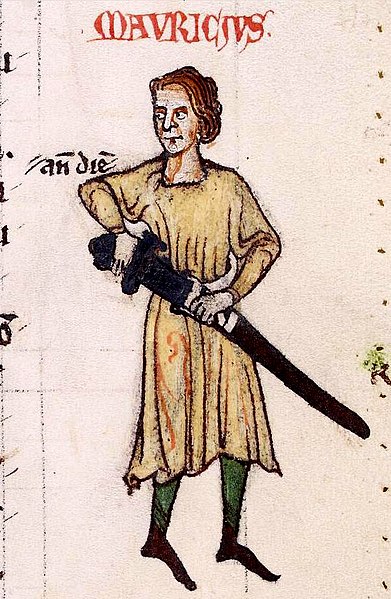Irish poetry is poetry written by poets from Ireland, politically the Republic of Ireland and Northern Ireland today. It is mainly written in Irish, though some is in English, Scottish Gaelic and others in Hiberno-Latin. The complex interplay between the two main traditions, and between both of them and other poetries in English and Scottish Gaelic, has produced a body of work that is both rich in variety and difficult to categorise.
Jonathan Swift
Irish-language poet Nuala Ní Dhomhnaill
Michael Hartnett, bilingual poet
Oliver Goldsmith
Hiberno-Normans, or Norman Irish, refer to Irish families descended from Norman settlers who arrived during the Anglo-Norman invasion of Ireland in the 12th century, mainly from England and Wales. During the High Middle Ages and Late Middle Ages, the Hiberno-Normans constituted a feudal aristocracy and merchant oligarchy, known as the Lordship of Ireland. The Hiberno-Normans were also closely associated with the Gregorian Reform of the Catholic Church in Ireland and were responsible for the emergence of Hiberno-English.
The Pale in 1488
Monument marking the site of the capture and execution of the Earl of Desmond James FitzMaurice FitzGerald in Glanageenty forest, County Kerry.
Kilkenny Castle, seat of the General Assembly of the Irish Confederacy (1642-1652), an independent government composed of Gaelic and Old English Catholic aristocrats
Maurice FitzGerald, Lord of Maynooth, Naas, and Llansteffan, progenitor of the Irish FitzGerald dynasty








